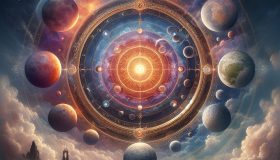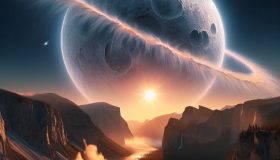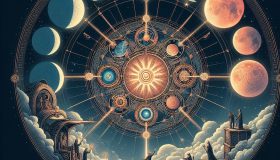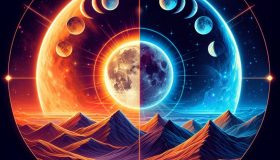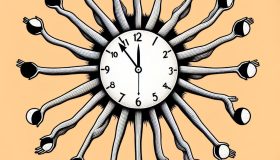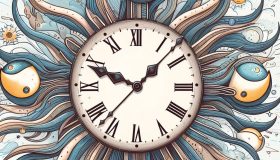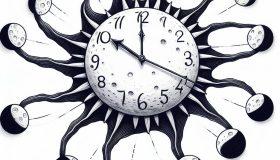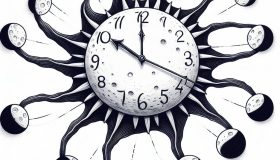
Have you ever noticed that some days seem longer than others? While it may seem like a mysterious phenomenon, the answer may lie in the celestial body that graces our night sky: the moon. Contrary to popular belief, the moon plays a significant role in shaping the length of our days, albeit indirectly.
To understand how the moon affects the length of our days, we need to delve into the intricate dance between Earth, the moon, and the sun. Earth’s rotation on its axis determines the length of a day, while its orbit around the sun determines the length of a year. However, the moon’s gravitational pull introduces subtle but noticeable variations in Earth’s rotation.
One of the key mechanisms through which the moon influences Earth’s rotation is through tidal forces. The moon’s gravitational pull causes the oceans to bulge towards it, creating high tides. This gravitational interaction between Earth and the moon results in a transfer of angular momentum, subtly slowing down Earth’s rotation.
As a result, over time, the length of a day gradually increases. This phenomenon, known as tidal friction, causes Earth’s rotation to slow down by approximately 1.7 milliseconds per century. While this may seem like a negligible amount, it accumulates over millions of years, leading to longer days.
Interestingly, the moon also plays a role in stabilizing Earth’s axial tilt, which in turn affects the length of our days. Earth’s axial tilt is responsible for the changing seasons, and the moon’s gravitational pull helps prevent significant fluctuations in this tilt. This stability contributes to the consistency of our day length over long periods.
Furthermore, the moon’s orbit around Earth is not perfectly circular but slightly elliptical. This elliptical orbit introduces variations in the gravitational forces between Earth and the moon, further influencing Earth’s rotation and the length of our days.
In addition to its gravitational influence, the moon also affects our perception of time through its phases. The lunar cycle, with its waxing and waning phases, has long been associated with the passage of time in various cultures. The moon’s phases serve as natural markers of time, subtly shaping our perception of the length of a day.
In conclusion, while the moon may seem like a distant celestial object, it exerts a subtle yet significant influence on the length of our days. Through tidal forces, gravitational interactions, and its rhythmic phases, the moon plays a vital role in shaping Earth’s rotation and our perception of time.

